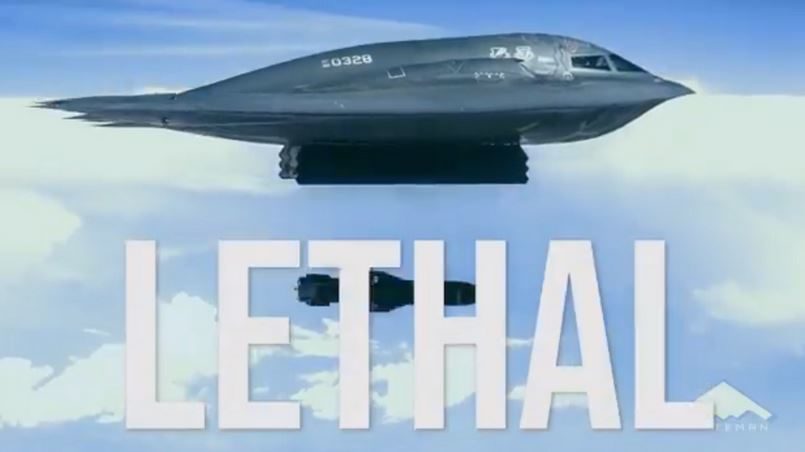OF THE
TIMES
Heaven and hell are eternal places because they are always present at the extremes of human existence, for better or for worse. People are constantly choosing between them, although they are generally not conscious of that in an articulated manner.
Mercenary Soul-diers are he second oldest profession. Lol 🤡💩🎪
In the meantime, I am learning to make sourdough so that I may eliminate my dependency on dry yeast. My hope is to make an even better product,...
I find it completely risible, farcical & insanely puerile to continue to waste my time with any of the current ZCIENCE convention the PTSB...
I think the US will try to push EU countries to commit troops into Ukraine under a non Nato umbrella? More dead people, more money for the weapons...
Bullshit article calling the Republic a democracy. Flush….
To submit an article for publication, see our Submission Guidelines
Reader comments do not necessarily reflect the views of the volunteers, editors, and directors of SOTT.net or the Quantum Future Group.
Some icons on this site were created by: Afterglow, Aha-Soft, AntialiasFactory, artdesigner.lv, Artura, DailyOverview, Everaldo, GraphicsFuel, IconFactory, Iconka, IconShock, Icons-Land, i-love-icons, KDE-look.org, Klukeart, mugenb16, Map Icons Collection, PetshopBoxStudio, VisualPharm, wbeiruti, WebIconset
Powered by PikaJS 🐁 and In·Site
Original content © 2002-2024 by Sott.net/Signs of the Times. See: FAIR USE NOTICE


Reader Comments